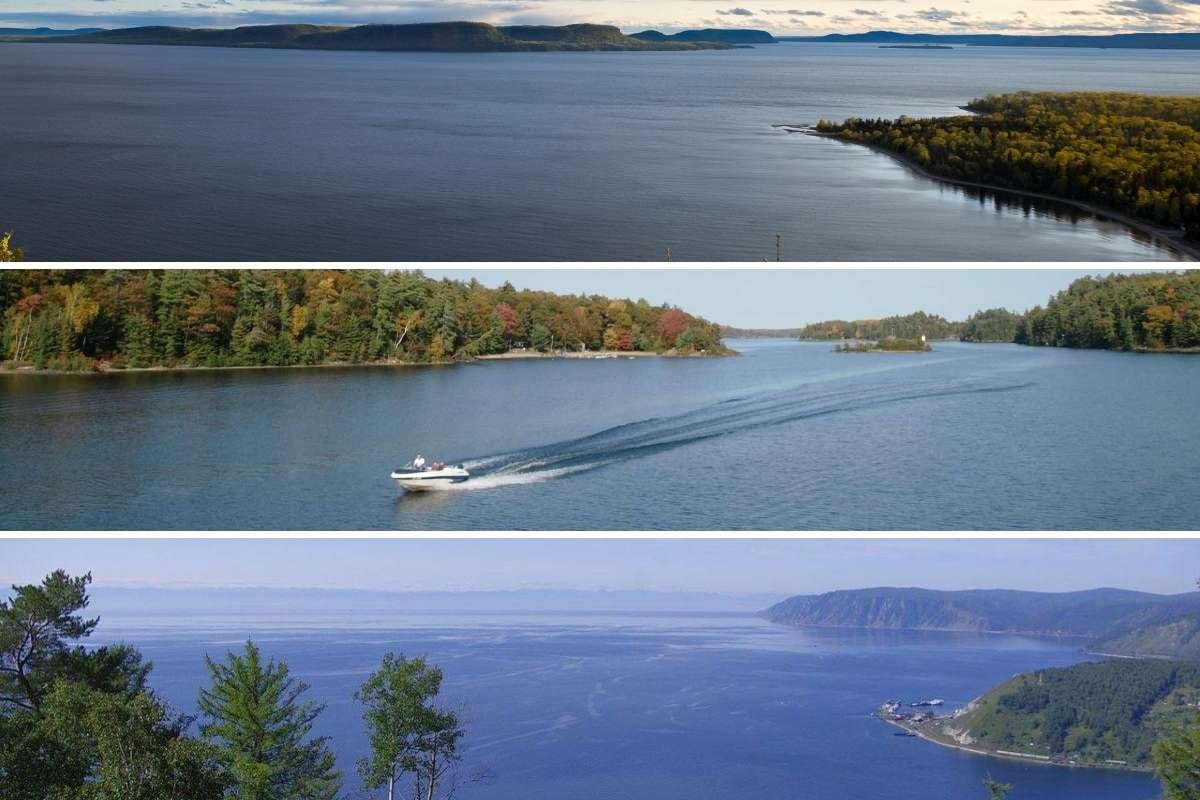Earth contains over 304 million lakes, each playing a crucial role in our planet’s hydrological system and supporting diverse ecosystems worldwide. These vast inland water bodies, formed through various geological processes over millions of years, are among the most remarkable natural features of our planet. From the enormous saltwater expanse of the Caspian Sea to the pristine freshwater depths of Lake Baikal, the largest lakes on Earth serve as critical resources for billions of people, hosting extraordinary biodiversity and regulating regional climates.
The significance of these enormous lakes extends far beyond their impressive dimensions. They contain approximately two-thirds of Earth’s available surface freshwater, making them indispensable for human survival, agriculture, and industrial activities. Understanding these magnificent water bodies helps us appreciate their natural beauty and vital role in sustaining life on our planet.
In this blog, we’ll examine the top 10 largest lakes on Earth, and their unique features, environmental roles, and fun facts.
How Are the Largest Lakes On Earth Measured?
Lake measurement involves multiple scientific approaches to determine size, volume, and other characteristics accurately. The primary methods focus on three key parameters that define a lake’s scale and importance.
1. Surface Area Calculation
It represents the most commonly used measurement for ranking the largest lakes on Earth. Scientists use satellite imagery, aerial photography, and ground surveys to map lake boundaries precisely. Modern Geographic Information Systems (GIS) technology and computer programs like ArcView can accurately compute areas, replacing traditional mechanical planimeter methods that measured contour lines on detailed maps.
2. Volume Determination
This aspect requires more complex calculations using bathymetric data. Researchers employ three main approaches: the frustum method, which calculates water volumes in successive layers; the end-area formula engineers use for reservoir calculations; and the average depth method, which multiplies lake area by mean depth. Each technique has specific applications depending on available data and required precision.
3. Depth Measurements
Scientists utilize sonar technology, radio-echo sounding, and depth contour mapping to create detailed underwater topography. These measurements are essential for volume calculations and understanding lake ecosystem dynamics. For bottomless lakes like Baikal or Tanganyika, specialized equipment can measure depths exceeding 1,600 meters.
The measurement process also considers seasonal variations, as lake boundaries can fluctuate due to rainfall, evaporation, and human water management activities. Scientists often use average measurements over multiple years to establish standardized lake dimensions.
Top 10 Largest Lakes on Earth
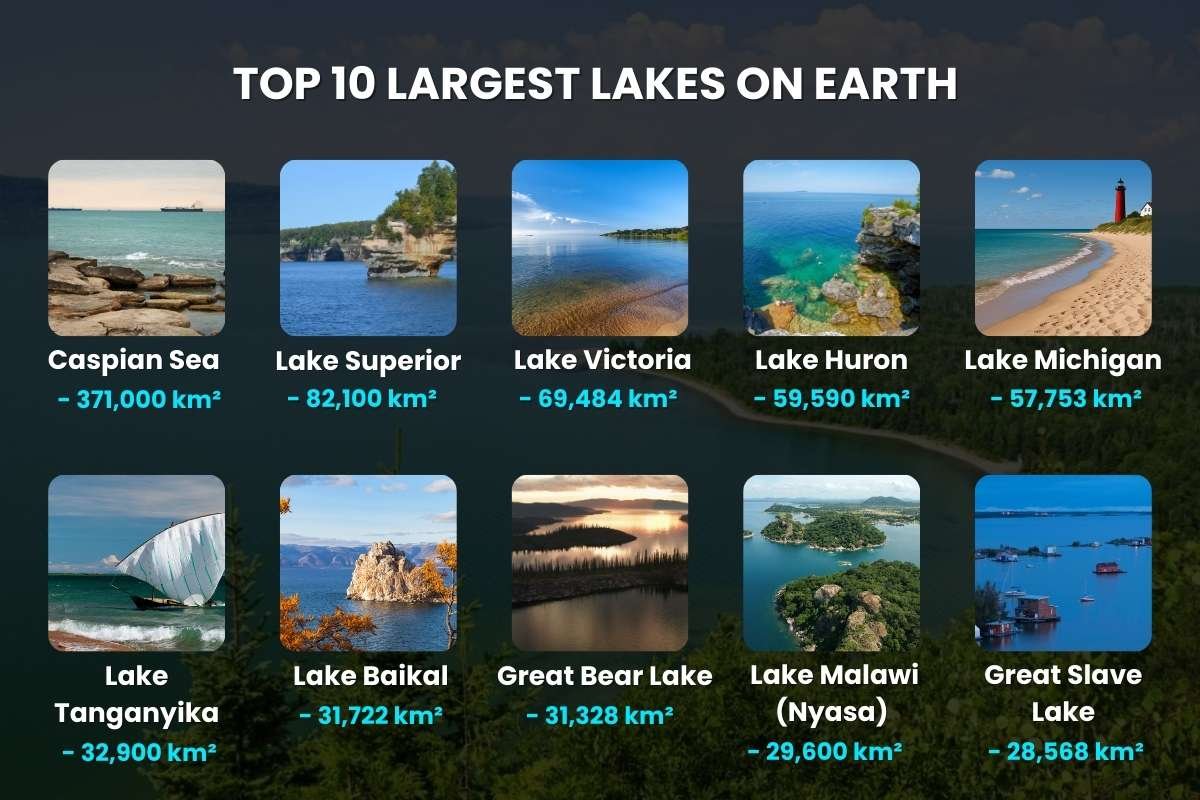
| Rank | Lake Name | Surface Area (sq km) | Type | Continent | Countries | Max Depth (m) | Volume (cubic km) |
| 1 | Caspian Sea | 371,000 | Saltwater | Asia/Europe | Russia; Kazakhstan; Turkmenistan; Iran; Azerbaijan | 1,025 | 78,200 |
| 2 | Lake Superior | 82,100 | Freshwater | North America | Canada; United States | 406 | 12,100 |
| 3 | Lake Victoria | 69,484 | Freshwater | Africa | Uganda; Kenya; Tanzania | 84 | 2,424 |
| 4 | Lake Huron | 59,590 | Freshwater | North America | Canada; United States | 229 | 3,540 |
| 5 | Lake Michigan | 57,753 | Freshwater | North America | United States | 282 | 4,918 |
| 6 | Lake Tanganyika | 32,900 | Freshwater | Africa | Burundi; Tanzania; Democratic Republic of the Congo; Zambia | 1,470 | 18,900 |
| 7 | Lake Baikal | 31,722 | Freshwater | Asia | Russia | 1,642 | 23,615 |
| 8 | Great Bear Lake | 31,328 | Freshwater | North America | Canada | 446 | 2,236 |
| 9 | Lake Malawi (Nyasa) | 29,600 | Freshwater | Africa | Malawi; Mozambique; Tanzania | 706 | 8,400 |
| 10 | Great Slave Lake | 28,568 | Freshwater | North America | Canada | 614 | 2,088 |
1. Caspian Sea – 371,000 km²
The Caspian Sea dominates the list of the largest lakes on Earth. This enclosed water body spans 371,000 square kilometers across five countries: Russia, Kazakhstan, Turkmenistan, Iran, and Azerbaijan. Despite its name, the Caspian is technically a lake because it lacks a connection to any ocean, though its saltwater composition and massive size earn it the “sea” designation.
This ancient water body formed from a prehistoric ocean that became landlocked millions of years ago. The lake exhibits remarkable diversity, with shallow freshwater regions in the north and deeper, more saline areas in the south. Over 130 rivers feed into the Caspian, with the Volga River contributing the most significant inflow. The lake contains substantial oil and gas reserves, making it economically vital for surrounding nations.
2. Lake Superior – 82,100 km²
Lake Superior takes second in the list of the largest lakes on Earth. Superior is a freshwater lake with an enormous surface area, covering 82,100 square kilometers between Canada and the United States. This glacially-formed lake contains approximately 10% of the world’s surface freshwater, with an average depth of 152 meters and a maximum depth reaching 406 meters.
The lake’s vast size creates weather patterns and microclimates, significantly influencing the surrounding region’s temperature and precipitation. Major cities like Duluth and Thunder Bay benefit from Superior’s shipping routes, which connect to the Atlantic Ocean via the St. Lawrence Seaway. The lake’s cold, well-oxygenated waters support diverse aquatic life, though its notorious storms have claimed over 350 vessels throughout history.
3. Lake Victoria – 69,484 km²
Victoria is Africa’s largest lake and one of the largest lakes on Earth. It spans 69,484 square kilometers across Uganda, Kenya, and Tanzania. This relatively shallow lake, averaging only 40 meters deep, is a primary source for the White Nile River and supports over 30 million people in the surrounding region.
Lake Victoria plays a crucial role in East African hydrology and climate regulation. Its large surface area generates localized rain systems, supporting dense populations and intensive agriculture along its shores. The lake initially hosted hundreds of endemic cichlid fish species, though invasive species like Nile perch have significantly disrupted the natural ecosystem.
4. Lake Huron – 59,590 km²
Huron’s second-largest Great Lake covers 59,590 square kilometers and features the longest shoreline of any Great Lake, including over 30,000 islands. Manitoulin Island, the world’s largest island within a lake, exemplifies Huron’s geographic complexity.
Connected to Lake Michigan via the Straits of Mackinac, Huron technically forms one hydrological system with its neighbor. The lake’s average depth of 195 meters and maximum of 750 meters support significant commercial fishing operations and recreational activities. Georgian Bay and Saginaw Bay represent significant geographical features that have played essential roles in regional indigenous history.
5. Lake Michigan – 57,753 km²
Lake Michigan is a unique addition to the list of the largest lakes on Earth. It covers 57,753 square kilometers and touches four states: Michigan, Indiana, Illinois, and Wisconsin. The lake reaches depths of 925 meters and supports major metropolitan areas, including Chicago and Milwaukee.
Lake Michigan’s extensive coastline exceeds 1,600 miles and features remarkable dunes and beaches that attract millions of tourists annually. The lake faces significant environmental challenges, including pollution, invasive species like zebra mussels, and algal blooms, despite its continued importance for commerce, recreation, and freshwater supply.
6. Lake Tanganyika – 32,900 km²
Stretching across four African countries, Burundi, Tanzania, the Democratic Republic of Congo, and Zambia, Lake Tanganyika covers 32,900 square kilometers and is the world’s longest freshwater lake. At 1,470 meters deep, it is among the largest lakes on Earth and contains approximately 16% of the world’s freshwater by volume.
This ancient rift lake, formed 9-12 million years ago through tectonic activity, exhibits extraordinary biodiversity with hundreds of endemic species. The lake’s remarkable depth and age make it invaluable for climate and geological research, while local communities depend heavily on it for fishing, transportation, and freshwater supply.
7. Lake Baikal – 31,722 km²
Russia’s Lake Baikal, covering 31,722 square kilometers in southern Siberia, holds multiple world records as the deepest (1,642 meters), oldest (25 million years), and largest freshwater lake by volume. This UNESCO World Heritage site contains approximately 20% of Earth’s unfrozen freshwater reserves.
Baikal grows by about 2 centimeters annually in an active continental rift zone. The lake’s exceptional clarity allows sunlight penetration to remarkable depths, supporting over 2,000 species, with two-thirds found nowhere else on Earth. The unique Baikal seal represents the world’s only freshwater seal species.
8. Great Bear Lake – 31,328 km²
Canada’s Great Bear Lake covers 31,328 square kilometers in the remote Northwest Territories, just below the Arctic Circle. This pristine lake reaches depths of 446 meters and remains frozen for nearly half the year due to its extreme northern location.
The lake’s isolation from human settlements has preserved it as one of the world’s cleanest water bodies. Its exceptional clarity results from minimal human impact and cold temperatures that limit biological activity. UNESCO designated the area as a Biosphere Reserve, recognizing its pristine condition and cultural significance to First Nations communities.
9. Lake Malawi (Nyasa) – 29,600 km²
Lake Malawi, also called Lake Nyasa, spans 29,600 square kilometers in the southern East African Rift system, bordered by Malawi, Mozambique, and Tanzania. This deep rift lake reaches maximum depths of 706 meters and demonstrates remarkable biological diversity.
The lake hosts over 700 cichlid fish species, most endemic to its waters, making it a global biodiversity hotspot. Despite facing pressures from overfishing, pollution, and territorial disputes over oil exploration rights, Lake Malawi remains ecologically rich and visually spectacular, supporting dense human populations along its shores.
10. Great Slave Lake – 28,568 km²
The final addition to the list of the largest lakes on Earth, Great Slave Lake, covers 28,568 square kilometers in the Northwest Territories and is known as North America’s deepest lake at 614 meters. Canada’s second-largest lake, enslaved person, is vital to the Mackenzie River system.
Named after the Slavey First Nations people, the lake features distinct eastern (deeper) and western (shallower) sections. Yellowknife, the territorial capital, depends on the lake for its freshwater supply. The lake remains partially frozen for approximately eight months yearly, creating spectacular ice roads that serve as crucial transportation links during the winter months.
Unique Features of the World’s Largest Lakes
The largest lakes on Earth exhibit extraordinary characteristics that distinguish them as remarkable natural phenomena. These unique features reflect diverse geological origins, climatic conditions, and evolutionary processes spanning millions of years.
1. Hidden Underwater Worlds
Beneath Antarctica‘s ice sheets, over 400 subglacial lakes have been discovered using radar and satellite technology. Lake Vostok, the largest subglacial lake at approximately 12,500 square kilometers, has remained isolated beneath 3 kilometers of ice for 15–20 million years. This hidden lake contains enough water to overflow the Grand Canyon and may harbor unique extremophile organisms that evolved in complete isolation.
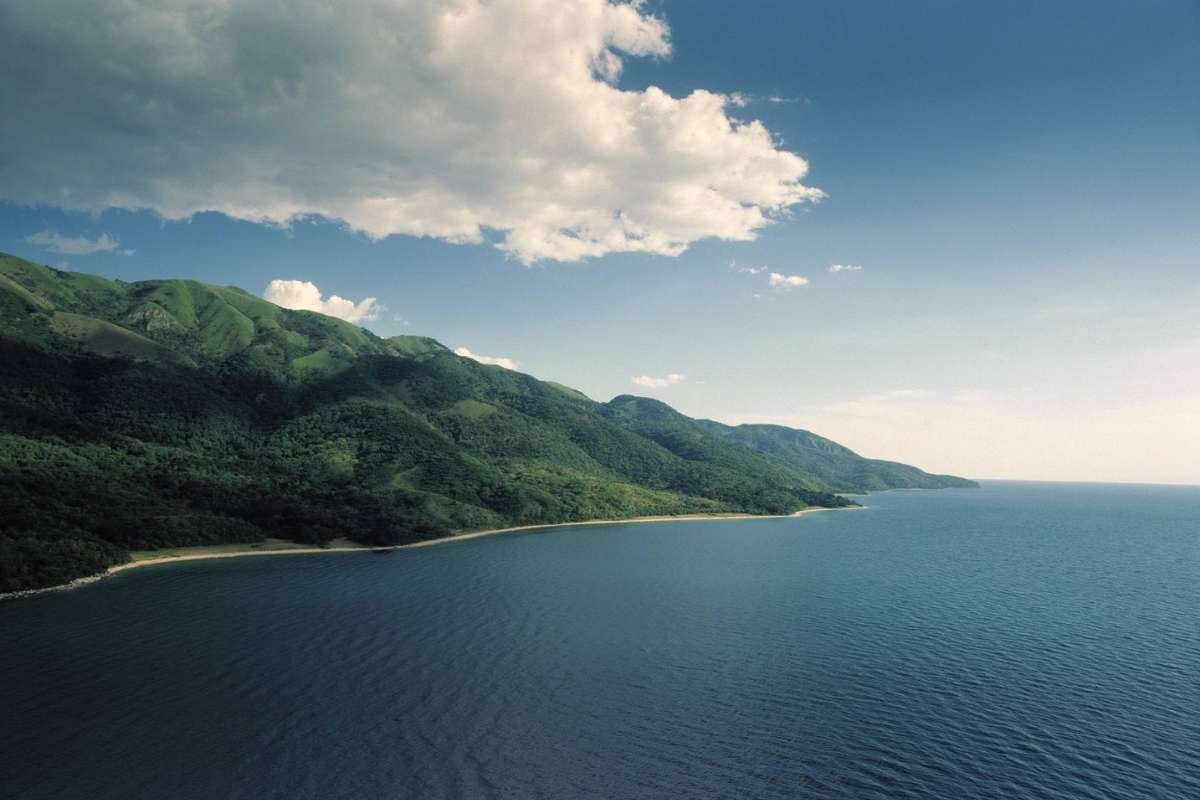
Read More:
Looking For Serenity by Sea? Find That in These Hidden Beaches Around the World.
2. Extreme Depths and Ages
Several major lakes are defined by their depth and ancient origins. Lake Baikal’s 1,642-meter depth and 25-million-year age make it the deepest and oldest freshwater lake on Earth. Its rift valley formation continues expanding by 2 centimeters annually, demonstrating ongoing geological activity. Similarly, Lake Tanganyika’s 1,470-meter depth and 9–12 million-year age reflect the dynamic nature of East Africa’s tectonic processes.
3. Endemic Species Sanctuaries
Isolated lake environments give rise to exceptional biodiversity. Lake Baikal supports over 2,000 species, with two-thirds found nowhere else, including the world’s only freshwater seal. The African Great Lakes harbor extraordinary cichlid diversity, with Lake Malawi alone hosting over 700 endemic species, demonstrating rapid evolutionary adaptation. Lake Tanganyika contains the highest endemic cichlid genera among all African lakes.
4. Unique Chemical Compositions
The largest lakes on Earth exhibit distinct chemical properties. The Caspian Sea maintains saltwater characteristics despite being landlocked, with varying salinity levels from north to south. Lake Baikal’s exceptional clarity results from minimal suspended matter and extremely pure water chemistry. Some high-altitude lakes, like Lake Titicaca, support specialized fauna adapted to low oxygen conditions and extreme temperatures.
5. Geological Marvels
The formation of the world’s largest lakes showcases Earth’s geological diversity. Tectonic lakes like Baikal and Tanganyika formed through continental rifting, creating steep-walled basins. Glacial lakes, such as the Great Lakes, resulted from ice sheet scouring during past ice ages. Volcanic lakes occupy collapsed calderas, while meteorite impact craters create perfectly circular basins.
6. Climate Regulation Systems
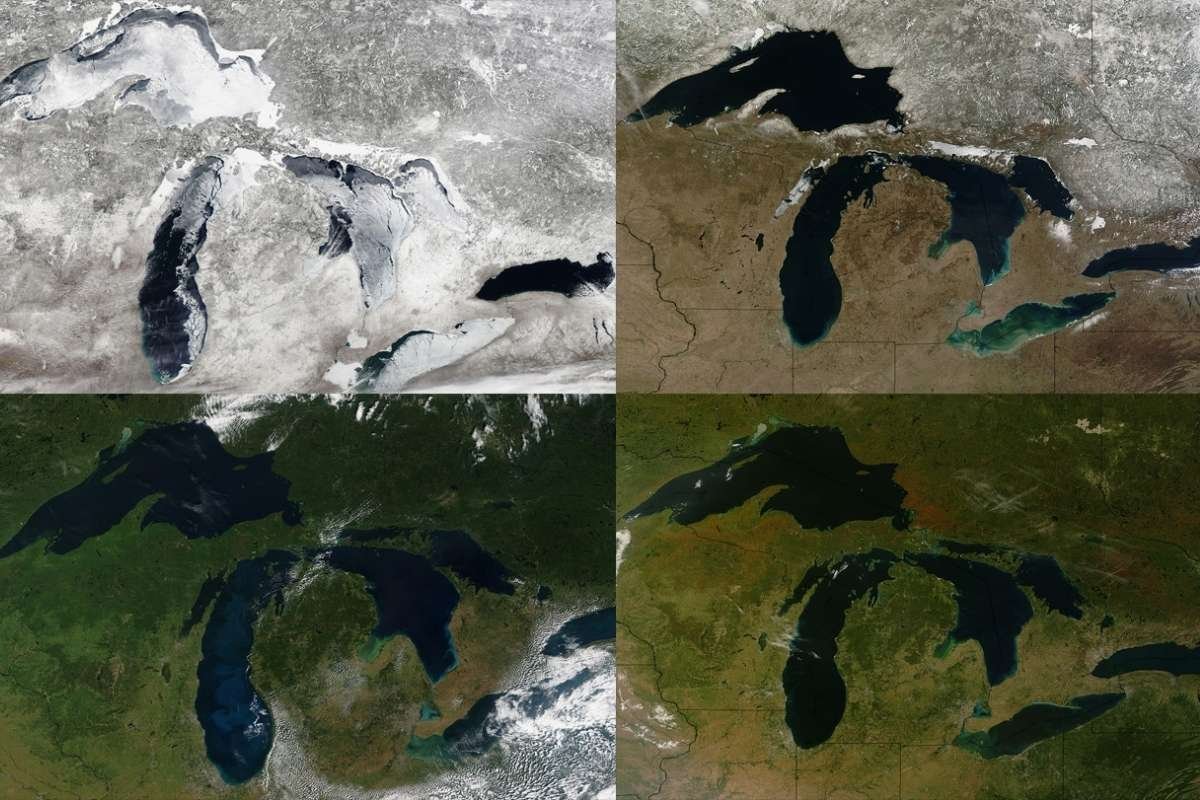
The ten largest lakes on Earth act as natural climate regulators through their massive thermal mass. They store and release heat seasonally, moderating regional temperatures and influencing localized weather patterns. Lake-effect precipitation occurs when cold air masses cross warm lake surfaces, generating significant snowfall and rainfall in downwind areas.
Environmental Importance of Large Lakes
The largest lakes on Earth serve as critical components of environmental systems, providing essential services that extend far beyond their immediate boundaries. Their ecological importance encompasses climate regulation, biodiversity conservation, and freshwater resource management on both regional and global scales.
1. Climate Regulation and Temperature Moderation
These massive water bodies act as thermal regulators, storing solar energy during summer and releasing heat during winter, creating more stable regional climates. The Great Lakes region exemplifies this effect, with coastal areas experiencing several degrees cooler temperatures in summer and warmer conditions in winter compared to inland locations.
2. Freshwater Storage and Quality Maintenance
The ten largest lakes on Earth contain approximately two-thirds of Earth’s available surface freshwater, supporting over 1.35 billion people worldwide. Lakes naturally purify water through biological and physical processes, with billions of microorganisms, plants, and aquatic animals filtering excess nutrients, pathogens, and pollutants.
3. Biodiversity Conservation and Endemic Species Protection
Freshwater ecosystems support at least 100,000 species despite occupying only 0.8% of Earth’s surface, representing nearly 6% of all described species. Large lakes serve as evolutionary laboratories where isolated populations develop unique characteristics over millions of years.
4. Watershed Integration and Hydrological Balance
Lakes integrate environmental changes within their contributing basins, absorbing excess water during floods and releasing stored water during droughts. This buffering capacity helps maintain regional hydrological stability and supports groundwater recharge processes essential for surrounding ecosystems.
5. Carbon Sequestration and Biogeochemical Cycling
Freshwater ecosystems are critical in carbon and methane storage, influencing atmospheric greenhouse gas concentrations. Lake sediments preserve long-term environmental records, providing scientists with invaluable data about past climate conditions and ecosystem changes.
6. Ecosystem Services and Economic Value
Large lakes provide food through fisheries, support agriculture through irrigation, enable commerce via transportation routes, and generate renewable energy through hydroelectric power. The Great Lakes support 1.5 million jobs and generate $62 billion in wages annually in the United States.
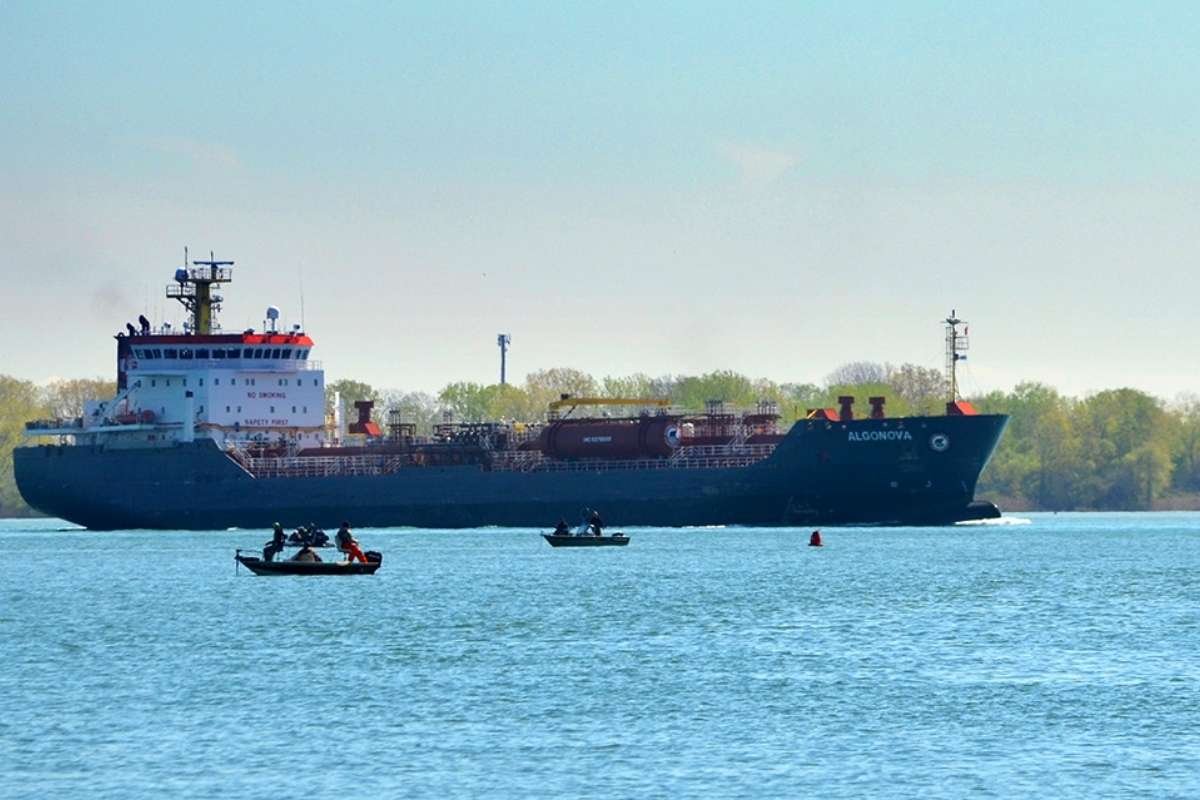
7. Cultural and Spiritual Significance
Many indigenous cultures consider lakes sacred spaces central to their traditions, spiritual practices, and cultural identity. These cultural connections emphasize the importance of protecting lakes for their environmental value and their irreplaceable role in human heritage.
Fun Facts About the Largest Lakes On Earth
The world’s largest lakes harbor fascinating secrets and remarkable characteristics that showcase the extraordinary diversity of our planet’s water bodies.
- Record-Breaking Dimensions: Lake Superior contains enough water to cover the entire North and South American continents to a depth of one foot. The Caspian Sea’s surface area exceeds that of many countries, larger than Germany and Poland combined. If Lake Baikal were to drain completely, it would take approximately one year for all the world’s rivers to refill it.
- Ancient Ice Mysteries: Lake Vostok, buried under 3 kilometers of ice, has remained isolated for up to 20 million years, potentially harboring life forms that evolved independently from the rest of Earth’s biosphere. Using satellite data, scientists have discovered 85 new subglacial lakes, bringing the total known count to 231 hidden water bodies beneath Antarctic ice.
- Geological Time Capsules: Lake Baikal’s sediment layers contain a continuous record spanning 25 million years, providing scientists with unprecedented insights into climate changes and evolutionary processes. The lake sits in an active rift zone that continues widening by 2 centimeters annually.
- Biodiversity Hotspots: Lake Tanganyika hosts over 250 endemic cichlid species that have evolved into a fantastic array of ecological niches. Some African Great Lakes contain more fish species than the entire Atlantic Ocean, demonstrating the remarkable evolutionary potential of isolated freshwater environments.
- Mysterious Disappearing Acts: The Aral Sea, once the world’s fourth-largest lake, has shrunk to less than 10% of its original size due to irrigation diversions. Climate records show that some large lakes have completely disappeared and reformed multiple times throughout geological history.
Conclusion
The largest lakes on Earth serve as fundamental pillars supporting life, climate stability, and human civilization. These magnificent water bodies face unprecedented challenges from climate change, pollution, and development pressures. Their preservation requires global cooperation to protect countless endemic species, critical freshwater supplies, and cultural traditions for future generations.
Citations & Further Reading
- https://www.worldatlas.com/lakes/the-role-of-lakes-in-climate-regulation.html
- https://www.statista.com/statistics/262931/the-ten-largest-lakes-in-the-world/?srsltid=AfmBOorsL1ez9wDSnCLVmIjTJcJcCoBb-m7vknrnWd-L4RjlBKJmkdgL
Thanks for Reading!
Watch Stories
Best Beach in the World

